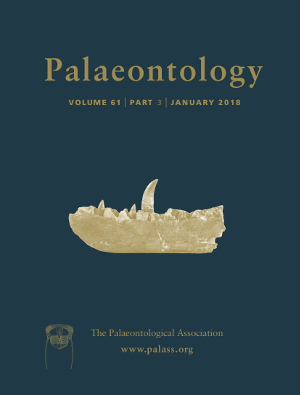Reg. Charity No. 1168330

Taphonomic experiments provide important insights into fossils that preserve the remains of decay‐prone soft tissues, tissues that are usually degraded and lost prior to fossilization. These fossils are among the most scientifically valuable evidence of ancient life on Earth, giving us a view into the past that is much less biased and incomplete than the picture provided by skeletal remains alone. Although the value of taphonomic experiments is beyond doubt, a lack of clarity regarding their purpose and limitations, and ambiguity in the use of terminology, are hampering progress. Here we distinguish between processes that promote information retention and those that promote information loss, in order to clarify the distinction between fossilization and preservation. Recognizing distinct processes of decay, mineralization and maturation, the sequence in which they act, and the potential for interactions, has important consequences for analysis of fossils, and for the design of taphonomic experiments. The purpose of well‐designed taphonomic experiments is generally to understand decay, maturation and preservation individually, thus limiting the number of variables involved. Much work remains to be done, but these methodologically reductionist foundations will allow researchers to build towards more complex taphonomic experiments and a more holistic understanding and analysis of the interactions between decay, maturation and preservation in the fossilization of non‐biomineralized remains. Our focus must remain on the key issue of understanding what exceptionally preserved fossils reveal about the history of biodiversity and evolution, rather than on debating the scope and value of an experimental approach.